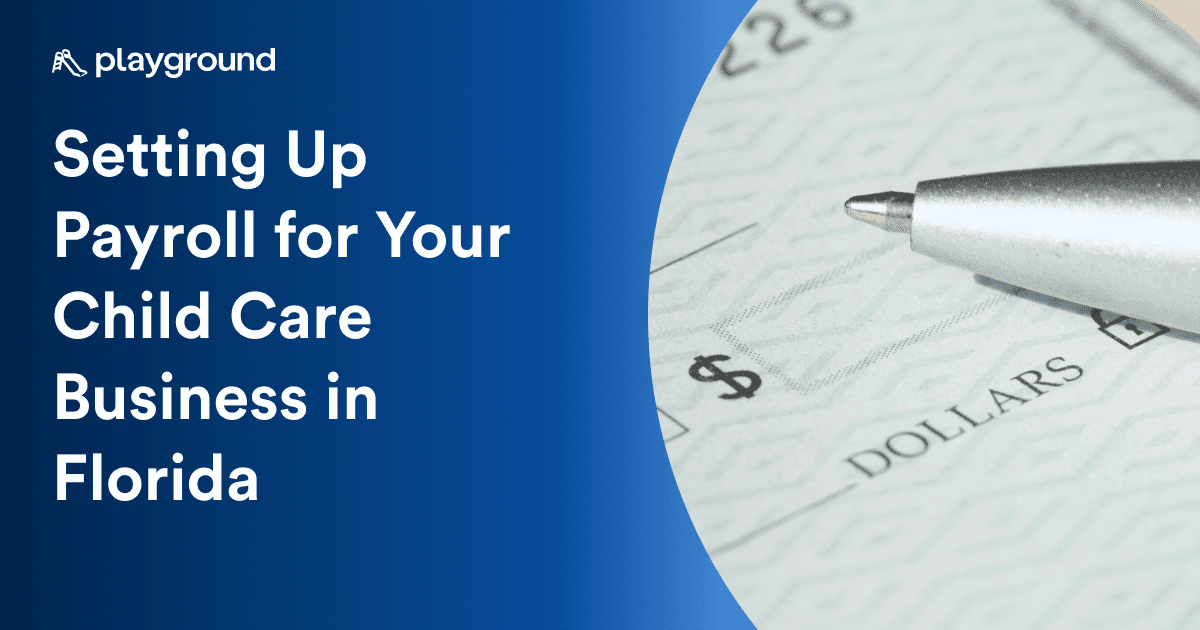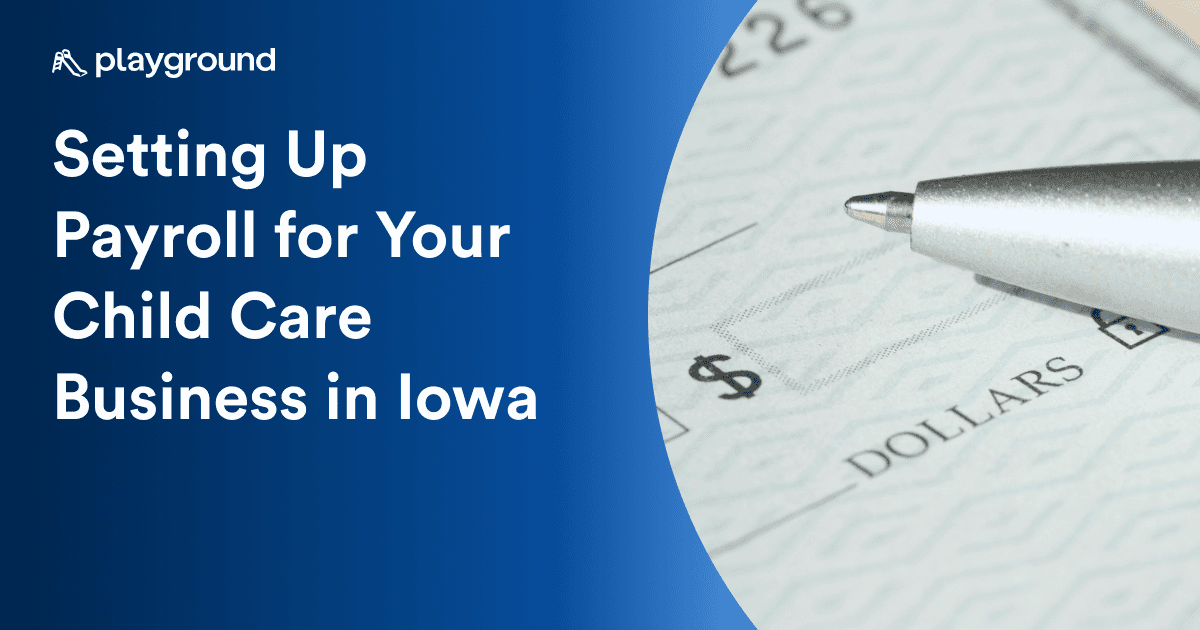A Child’s Place in Mindfulness


Tamara Joseph
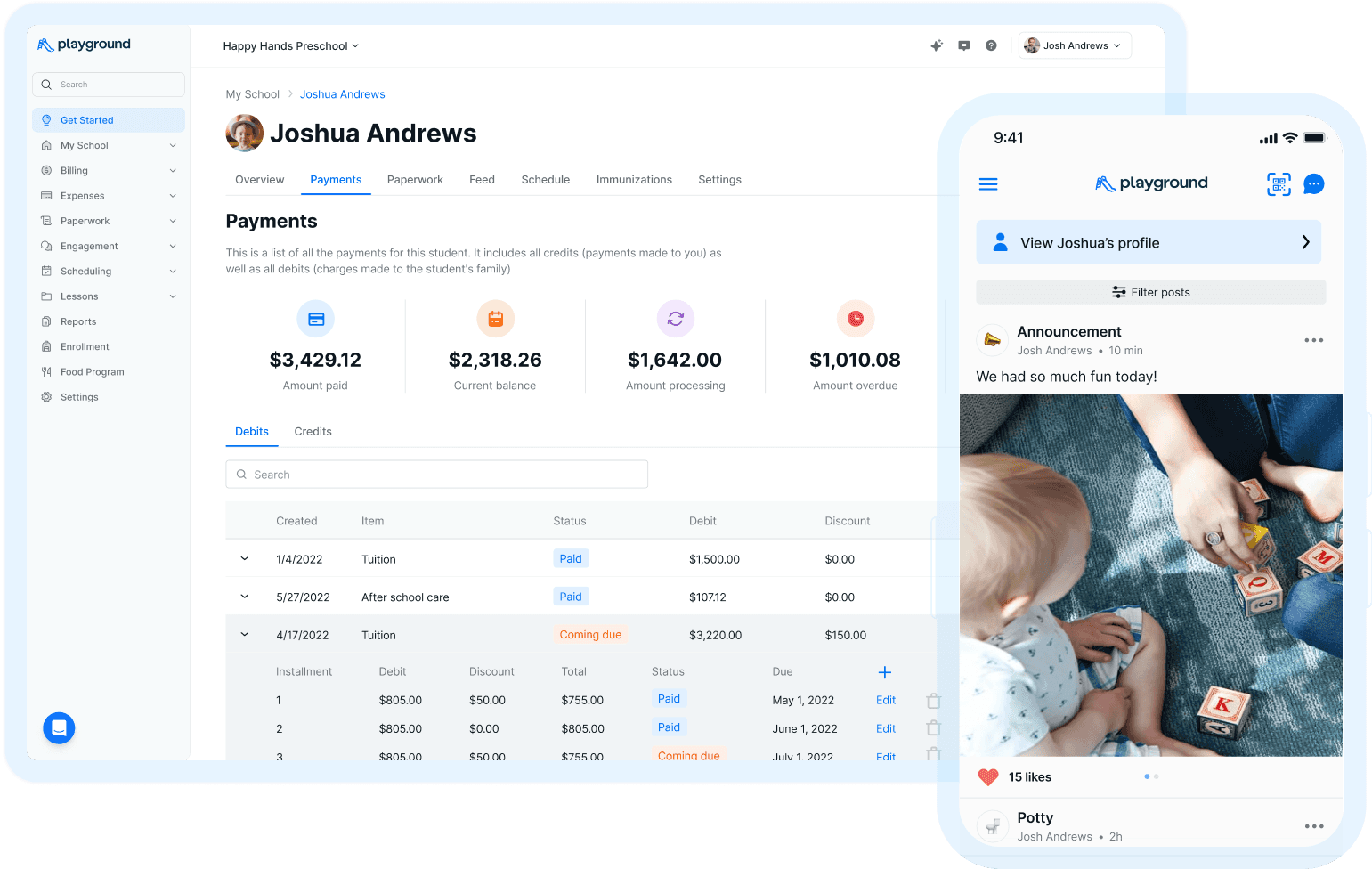
Make your families & teachers happier
All-in-one child care management platform with billing, attendance, registration, communication, payroll, and more!
5.0 Rating

Make your families & teachers happier
All-in-one child care management platform with billing, attendance, registration, communication, payroll, and more!
5.0 Rating
One of the most frustrating things to hear when fuming with rage is someone uttering this dreaded sentence:
“Take a breath and calm down.”
We’ve all experienced this maddening suggestion. Yet, what we don’t realize is that the best thing to do when your blood begins to boil is to in fact take a deep breath.
This practice of breathing is called mindfulness.
Mindfulness uses different techniques, the most common of which is breathwork, to help us become more present and regulated. It is a mindset where one is actively focused on the present — what are you feeling, experiencing, and doing? By using different exercises, which can range anywhere from a few deep breaths throughout the day to a more intentional meditative practice, we become more grounded and better at regulating ourselves. Mindfulness helps with a variety of mental and physical health areas - anxiety, focus, brain function, sleep, memory, emotional regulation, cognitive function -and so much more.
In the spirit of the Child’s Place curriculum, we believe that now is the time to teach our students about the power of a simple breath. The child in their present form deserves the power to be able to self-regulate.
Mindfulness meditation can seem kind of daunting, especially for those of us who do not enjoy meditating. Until I became aware of mindfulness practices, I had never in my life been someone who meditates, so when I first learned about it, I immediately wrote it off. It wasn’t until I tried it out in my classroom to help calm down the students that I truly started to understand its benefits through noticeable improvements in our children. Not only did they have an easier time focusing and participating during circle time, but we were also able to utilize the breathing techniques to help throughout the day to help mitigate anger and impulse issues.
One student was able to internalize the technique and used it on their own when moments of conflict were starting with friends. This is not to say that deep breaths worked for all of my children, which is ok because mindfulness doesn’t always have to be breathing (this is just one of my favorites!). It can be movement exercises, like yoga, or some kids respond really well to simply shaking their sillies out! The key is to find the tool that works best for each child because just like adults, every child is different! For my own students, this meant that instead of a moment of frustration or lack of focus derailing our day, they were able to rein themselves in; to reassert that control of their bodies.
So, once mindfulness becomes routine how can the practice of it help the child beyond the classroom? It can become a tool to help them find their place in the world. Studies have shown the immense power of mindfulness — It helps children with impulse control, focus, memory, emotional regulation, self-regulation, and so many other skills required to function in society. As early childhood educators, or someone who has a young child, it is our mission to give our children the tools they need to succeed and if following the Child’s Place curriculum, the tools they need to participate. By teaching children mindfulness they begin a practice that aids them in having enough control over their bodies and minds to do exactly that. They are quick and easy techniques that all people can use in all aspects of their life.
Mindfulness is an amazing tool that benefits both adults and children. Oftentimes we don’t realize how easy and simple it can be.
Here are two resources we’ve used before and recommend you take a look at:
Apps that offer guided meditations for kids: https://www.understood.org/articles/en/8-meditation-apps-for-kids
Alphabreaths is a book used in my classroom that combines ABCs instruction with mindfulness/breathing exercises
One of the most frustrating things to hear when fuming with rage is someone uttering this dreaded sentence:
“Take a breath and calm down.”
We’ve all experienced this maddening suggestion. Yet, what we don’t realize is that the best thing to do when your blood begins to boil is to in fact take a deep breath.
This practice of breathing is called mindfulness.
Mindfulness uses different techniques, the most common of which is breathwork, to help us become more present and regulated. It is a mindset where one is actively focused on the present — what are you feeling, experiencing, and doing? By using different exercises, which can range anywhere from a few deep breaths throughout the day to a more intentional meditative practice, we become more grounded and better at regulating ourselves. Mindfulness helps with a variety of mental and physical health areas - anxiety, focus, brain function, sleep, memory, emotional regulation, cognitive function -and so much more.
In the spirit of the Child’s Place curriculum, we believe that now is the time to teach our students about the power of a simple breath. The child in their present form deserves the power to be able to self-regulate.
Mindfulness meditation can seem kind of daunting, especially for those of us who do not enjoy meditating. Until I became aware of mindfulness practices, I had never in my life been someone who meditates, so when I first learned about it, I immediately wrote it off. It wasn’t until I tried it out in my classroom to help calm down the students that I truly started to understand its benefits through noticeable improvements in our children. Not only did they have an easier time focusing and participating during circle time, but we were also able to utilize the breathing techniques to help throughout the day to help mitigate anger and impulse issues.
One student was able to internalize the technique and used it on their own when moments of conflict were starting with friends. This is not to say that deep breaths worked for all of my children, which is ok because mindfulness doesn’t always have to be breathing (this is just one of my favorites!). It can be movement exercises, like yoga, or some kids respond really well to simply shaking their sillies out! The key is to find the tool that works best for each child because just like adults, every child is different! For my own students, this meant that instead of a moment of frustration or lack of focus derailing our day, they were able to rein themselves in; to reassert that control of their bodies.
So, once mindfulness becomes routine how can the practice of it help the child beyond the classroom? It can become a tool to help them find their place in the world. Studies have shown the immense power of mindfulness — It helps children with impulse control, focus, memory, emotional regulation, self-regulation, and so many other skills required to function in society. As early childhood educators, or someone who has a young child, it is our mission to give our children the tools they need to succeed and if following the Child’s Place curriculum, the tools they need to participate. By teaching children mindfulness they begin a practice that aids them in having enough control over their bodies and minds to do exactly that. They are quick and easy techniques that all people can use in all aspects of their life.
Mindfulness is an amazing tool that benefits both adults and children. Oftentimes we don’t realize how easy and simple it can be.
Here are two resources we’ve used before and recommend you take a look at:
Apps that offer guided meditations for kids: https://www.understood.org/articles/en/8-meditation-apps-for-kids
Alphabreaths is a book used in my classroom that combines ABCs instruction with mindfulness/breathing exercises
One of the most frustrating things to hear when fuming with rage is someone uttering this dreaded sentence:
“Take a breath and calm down.”
We’ve all experienced this maddening suggestion. Yet, what we don’t realize is that the best thing to do when your blood begins to boil is to in fact take a deep breath.
This practice of breathing is called mindfulness.
Mindfulness uses different techniques, the most common of which is breathwork, to help us become more present and regulated. It is a mindset where one is actively focused on the present — what are you feeling, experiencing, and doing? By using different exercises, which can range anywhere from a few deep breaths throughout the day to a more intentional meditative practice, we become more grounded and better at regulating ourselves. Mindfulness helps with a variety of mental and physical health areas - anxiety, focus, brain function, sleep, memory, emotional regulation, cognitive function -and so much more.
In the spirit of the Child’s Place curriculum, we believe that now is the time to teach our students about the power of a simple breath. The child in their present form deserves the power to be able to self-regulate.
Mindfulness meditation can seem kind of daunting, especially for those of us who do not enjoy meditating. Until I became aware of mindfulness practices, I had never in my life been someone who meditates, so when I first learned about it, I immediately wrote it off. It wasn’t until I tried it out in my classroom to help calm down the students that I truly started to understand its benefits through noticeable improvements in our children. Not only did they have an easier time focusing and participating during circle time, but we were also able to utilize the breathing techniques to help throughout the day to help mitigate anger and impulse issues.
One student was able to internalize the technique and used it on their own when moments of conflict were starting with friends. This is not to say that deep breaths worked for all of my children, which is ok because mindfulness doesn’t always have to be breathing (this is just one of my favorites!). It can be movement exercises, like yoga, or some kids respond really well to simply shaking their sillies out! The key is to find the tool that works best for each child because just like adults, every child is different! For my own students, this meant that instead of a moment of frustration or lack of focus derailing our day, they were able to rein themselves in; to reassert that control of their bodies.
So, once mindfulness becomes routine how can the practice of it help the child beyond the classroom? It can become a tool to help them find their place in the world. Studies have shown the immense power of mindfulness — It helps children with impulse control, focus, memory, emotional regulation, self-regulation, and so many other skills required to function in society. As early childhood educators, or someone who has a young child, it is our mission to give our children the tools they need to succeed and if following the Child’s Place curriculum, the tools they need to participate. By teaching children mindfulness they begin a practice that aids them in having enough control over their bodies and minds to do exactly that. They are quick and easy techniques that all people can use in all aspects of their life.
Mindfulness is an amazing tool that benefits both adults and children. Oftentimes we don’t realize how easy and simple it can be.
Here are two resources we’ve used before and recommend you take a look at:
Apps that offer guided meditations for kids: https://www.understood.org/articles/en/8-meditation-apps-for-kids
Alphabreaths is a book used in my classroom that combines ABCs instruction with mindfulness/breathing exercises
Playground is the only app directors need to run their early child care center. Playground manages billing, attendance, registration, communication, paperwork, reporting, and more for child care programs. 100,000+ directors, teachers, and families trust Playground to simplify their lives.
Learn more by scheduling a free personalized demo.
See what Playground can do for you
Learn how our top-rated child care management platform can make your families & teachers happier while lowering your costs
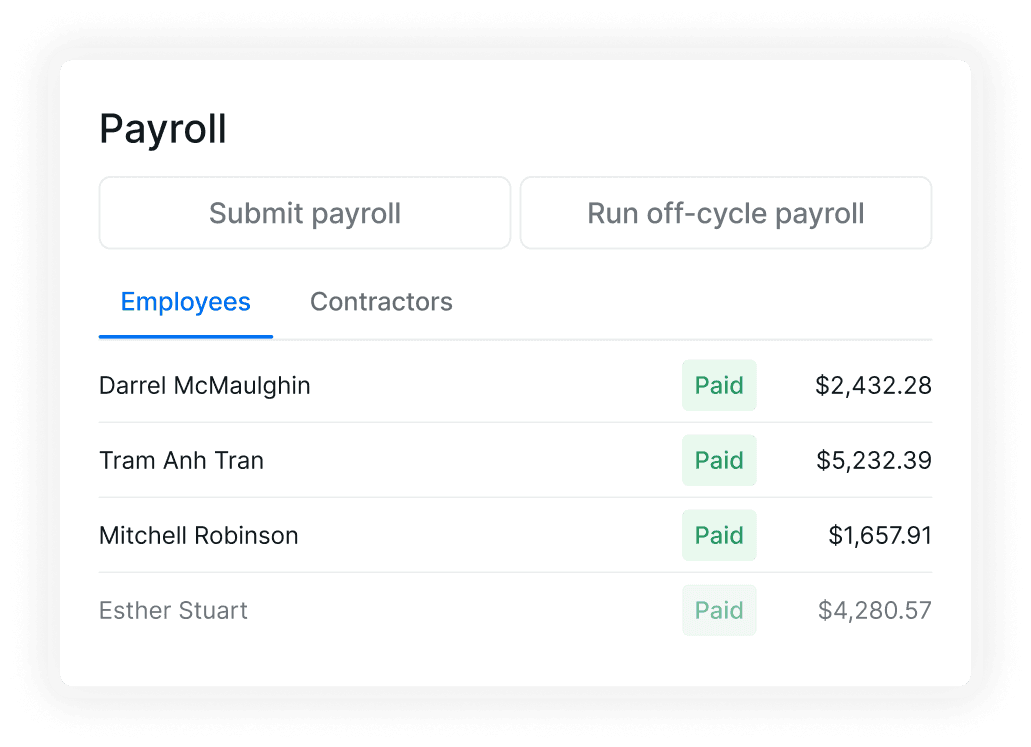


Explore more
Stay in the loop.
Sign up for Playground updates.
Stay in the loop.
Sign up for Playground updates.
Stay in the loop.
Sign up for the updates.
© 2024 Carline Inc. All rights reserved.
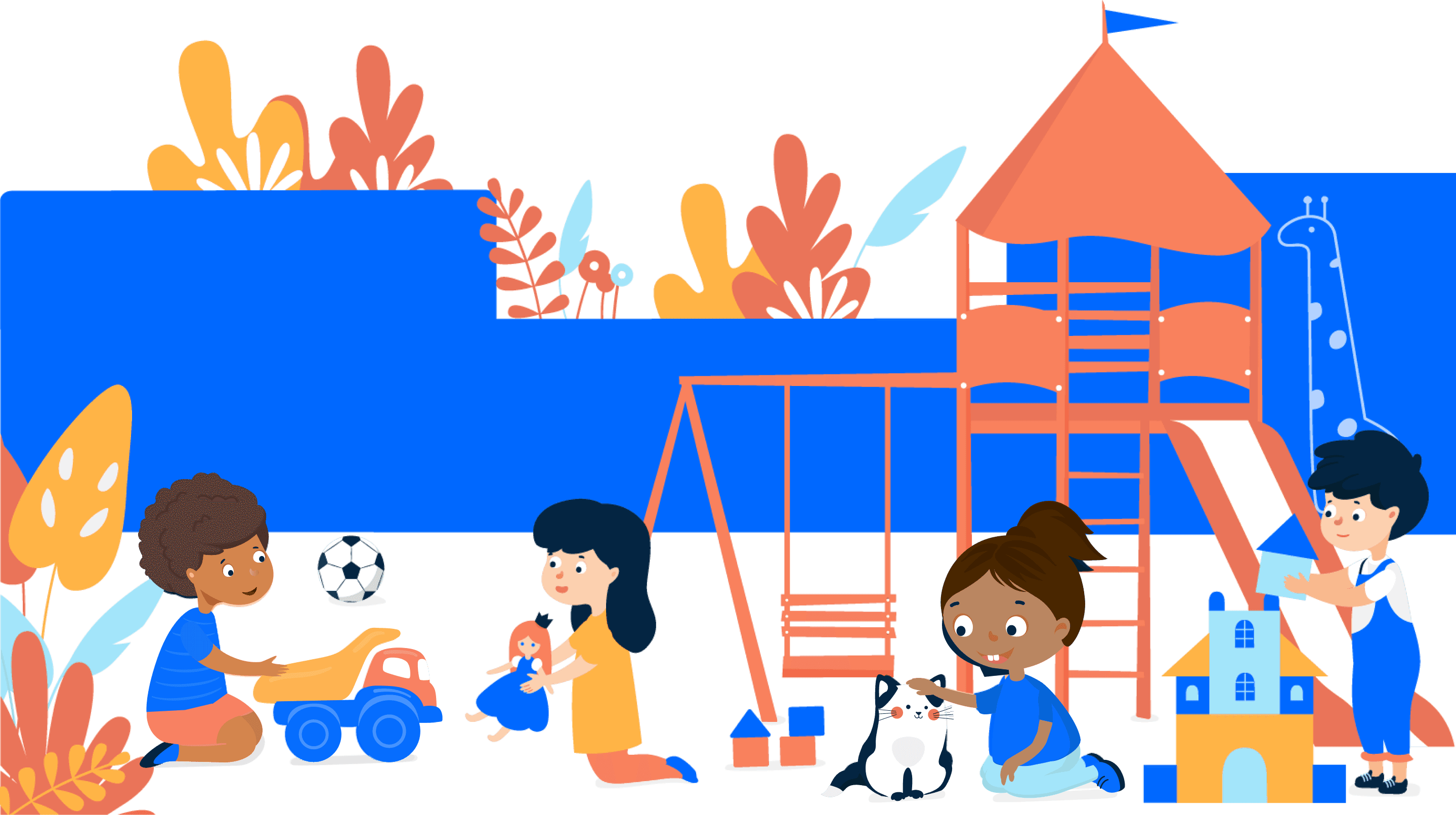
© 2024 Carline Inc. All rights reserved.

© 2024 Carline Inc. All rights reserved.

A Child’s Place in Mindfulness
Published Dec 8, 2021
|



